
Australian factories don’t choose conveyors the way they’d pick a new chair or a set of tools. The decision is tied to how products move, how people interact with machines, and where safety or downtime can creep in. That’s why comparisons between CHS, Fenner, and Richmond aren’t about logos but about how well each provider can design around real production needs. Some businesses need a pedigreed pedigree, others want off-the-shelf components, while many are searching for flexible layouts that can adapt to shifting demand. In practice, the smartest choice often comes down to who can deliver conveyor systems for factories that balance flow, safety, and long-term scalability. From there, the competition is less about catalogue size and more about which partner can make the layout fit your floor, your operators, and the peaks you know are coming.
Where the competition actually overlaps
You’ll see all three names in tenders, but they rarely compete on identical problems. The key is isolating your dominant constraint—layout, belting, or components—and making decisions that serve the work, not the catalogue.
Layout & integration (often CHS territory): Useful when you need modular lines that wrap around workcells, with clean hand-offs between inspection, packing and palletising.
Belting performance (often Fenner’s strength): Matters when splice integrity, abrasion, or bulk handling duty cycles make belt selection the main risk.
Component-driven upgrades (often Richmond’s lane): Handy when you’re replacing rollers, guides, or adding easy modular sections with short lead times.
Blended realities: Most plants mix all three; the winner is the vendor that solves the biggest bottleneck without creating a new one.
A quick field note. On a Geelong line running mixed beverages, operators were nudging cartons at a 90-degree transfer. Not a breakdown, just a leak in the system. We re-angled a junction, added tool-less side guides, and squared the infeed. Five minutes of work saved an hour of unplanned stoppages across the week. The lesson holds: the right design removes manual correction and gives time back to production.
Safety and compliance in factory layouts
Conveyors should lower the risk, not move it. When you design well, you trade repetitive lifts and awkward pushes for consistent flow and safer reach zones. That starts earlier than most teams expect: during the layout. Guarding that preserves line-of-sight, walkways that stay clear on peak days, isolation points that don’t require contortion—these details turn a “nice” line into a dependable one.
Guarding that matches the task: Block reach into nip points without hiding what operators must see.
Access designed in, not bolted on: Room to service drives and rollers without dismantling half the frame.
Controls that respect human factors: Distinct normal stops, emergency stops and lock-out points, placed where hands naturally go.
Conservative assumptions: Model peak loads and oddball items that will appear, not just the happy path.
Reducing strain is especially important when you think about manual handling risks, which remain one of the leading causes of workplace injuries in manufacturing. Safe Work Australia highlights how eliminating repetitive lifts and forceful pushing at the source is the most effective way to protect teams. The right conveyor setup does exactly that—shifting the heavy, repetitive work onto the system so people can focus on safer, value-adding tasks.
Designing for smooth flow and uptime
Flow makes or breaks the business case. Lines don’t fail in the lab; they fail when late orders compress the afternoon and changeovers stack up. That’s why accumulation logic, merges, and the geometry of transfers deserve as much attention as the belt spec. Small geometry shifts—aligning an approach, trimming a gap, matching surface speeds—remove the micro-corrections that slow the whole shift.
Accumulation zones that think ahead: Zero-pressure where you need buffering, not where it’s easy to install.
Transfers that respect the product: Low-tension hand-offs for light cartons; positive control for awkward pouches.
Tool-less adjustments: Guides and sensors that move quickly when SKUs change.
Diagnostics baked in: Simple indicators that tell operators what just happened instead of sending them hunting.
When layouts are designed with workplace conveyor flow in mind, those micro-corrections disappear. Operators stop babysitting the line, and production regains the steady rhythm that makes throughput predictable instead of fragile.
Cost of ownership and belt considerations
The price on a quote isn’t the same as the cost over five years. The parts you standardise, the way you tension a belt, how fast you can clean a frame—these details shape the true cost. Standardising common belts across zones reduces spares and simplifies training. Over-spec motors quietly tax energy; under-spec drives chew through gearboxes. Built-in cleanability matters more than it looks on paper: minutes saved per wash multiply across the year.
Belt strategy: Choose surfaces that match friction needs and product edges; plan spares deliberately, not reactively.
Drive selection: Model load cases honestly; spec for reality, not optimism.
Cleanability: Open frames, quick-release tails, and sensible cable routing shorten planned downtime.
Changeover discipline: Tool-less guides and repeatable stops protect throughput when SKUs rotate.
Safety ties into this just as strongly as cost. Guarding, training, and proper belt selection don’t just protect people—they also extend the life of the equipment. Thinking carefully about conveyor belt safety keeps downtime lower, because a system that’s easy to operate without risk is usually one that runs more reliably shift after shift.
When CHS, Fenner or Richmond makes the most sense
All three deliver strong outcomes; the smart play is to match vendor to constraint.
Choose CHS when your challenge is integration around workcells, tight footprints, and mixed conveyor types that need a local, engineered fit.
Lean toward Fenner when the belt itself is the risk—abrasion, heat, splice integrity, or bulk handling across long runs.
Consider Richmond when you’re component-led, handling incremental upgrades, and comfortable doing more of the integration yourself.
Two lived examples come to mind. In a Brisbane beverage plant, nudges at a right angle transfer vanished after we squared the approach and added a driven infeed—no drama, just fewer corrections. In a Ballarat pack-out, a tool-less guide made changeovers painless; the habit of “quick fixes” faded because staff no longer needed them. Both times, the layout solved small frictions that people had been absorbing with extra effort.
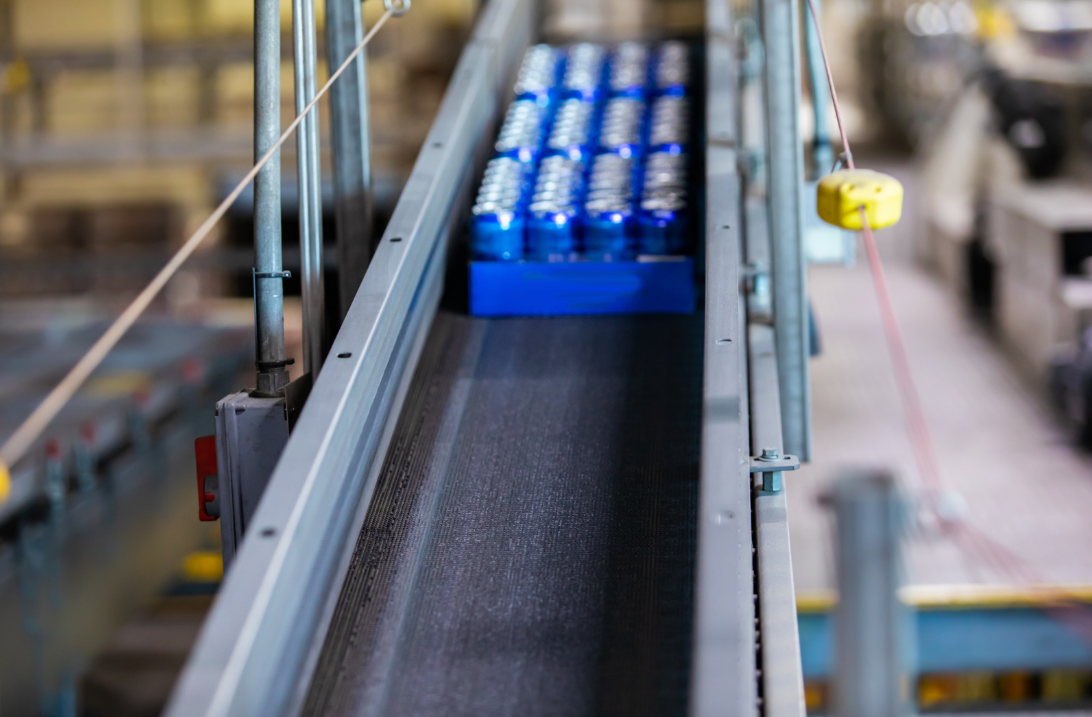
Final thoughts
If you’re comparing CHS with Fenner and Richmond, start with the work: product geometry, duty cycle, cleaning routine, and the exact moments people touch the job. Use safety as a design input rather than a tick-box; if the line removes stress and strain, flow usually follows. Keep your layout honest—plan for peak days, odd items, and the changeovers that always run long. Then pick the team that can make those realities behave on an actual factory floor.

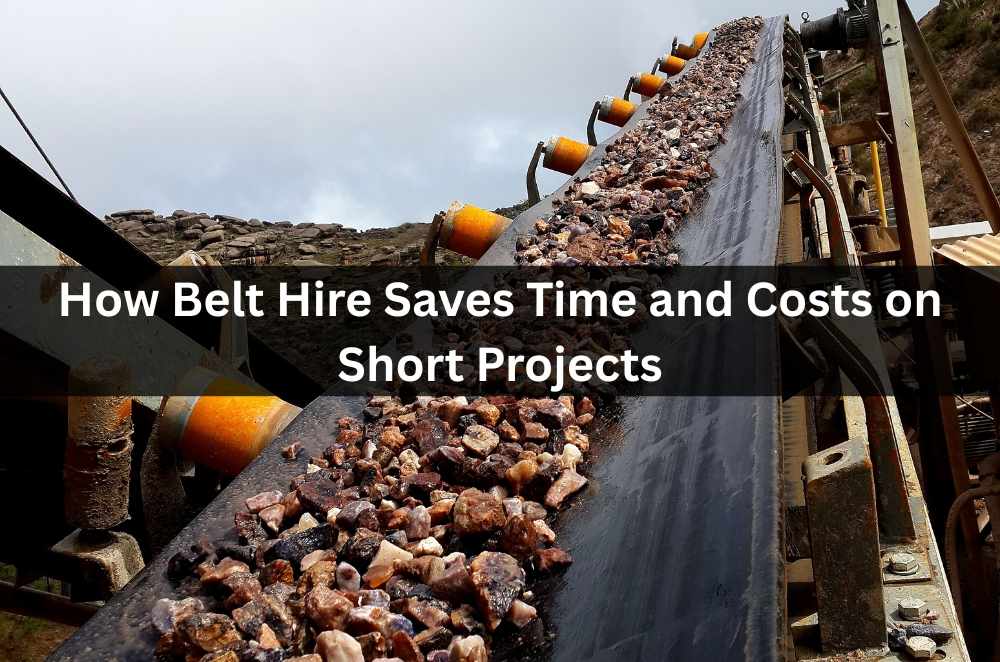
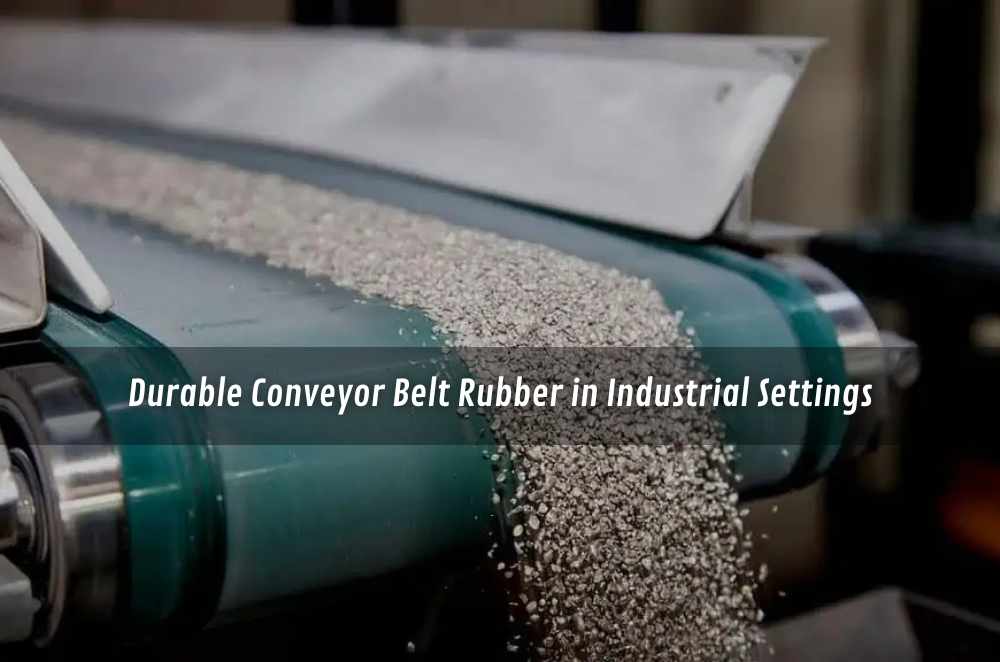
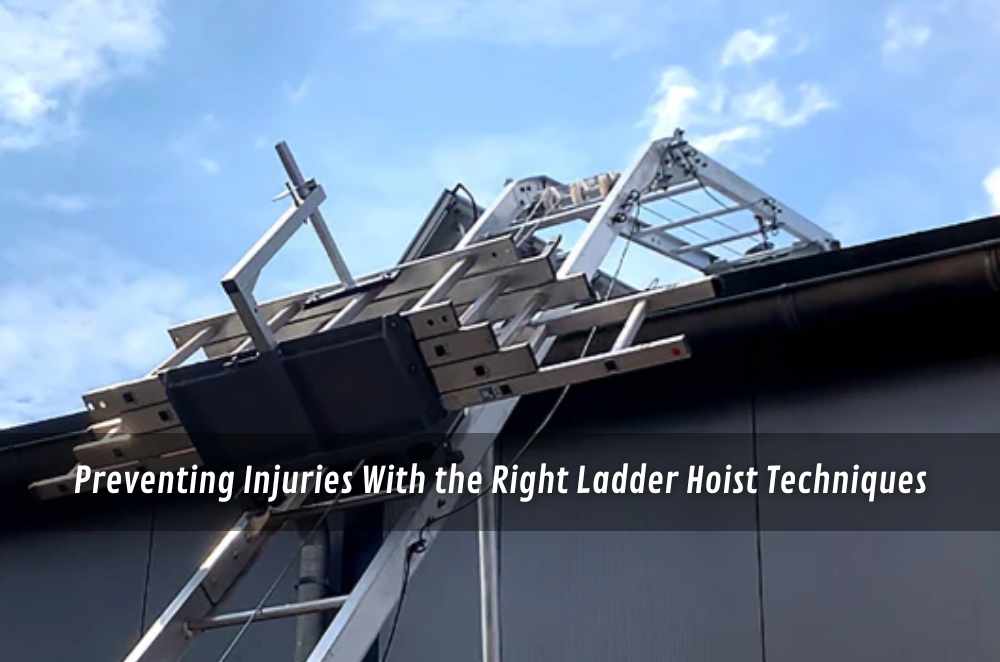
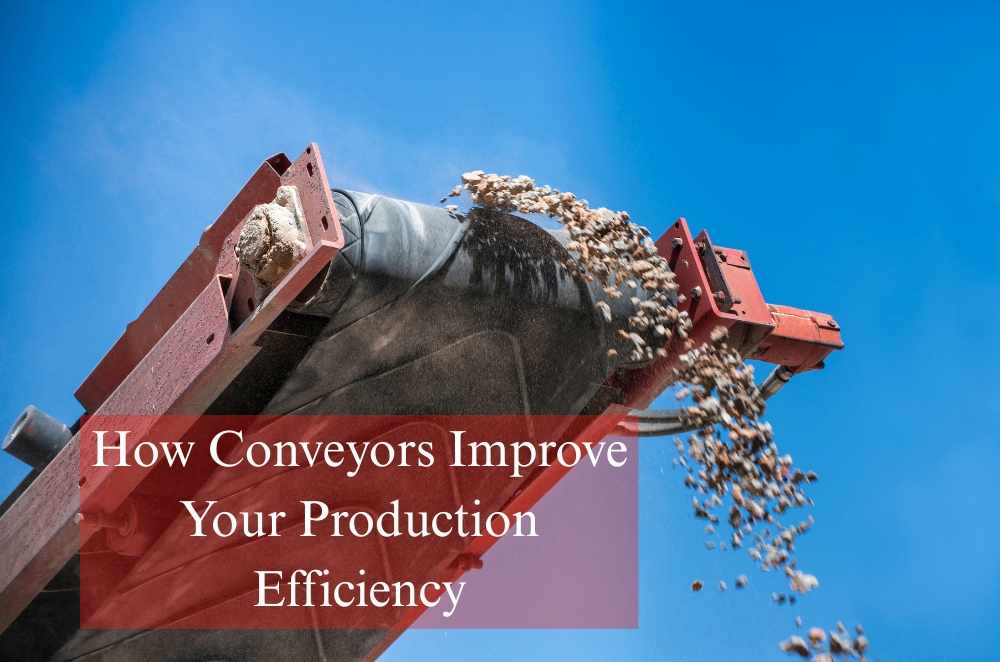
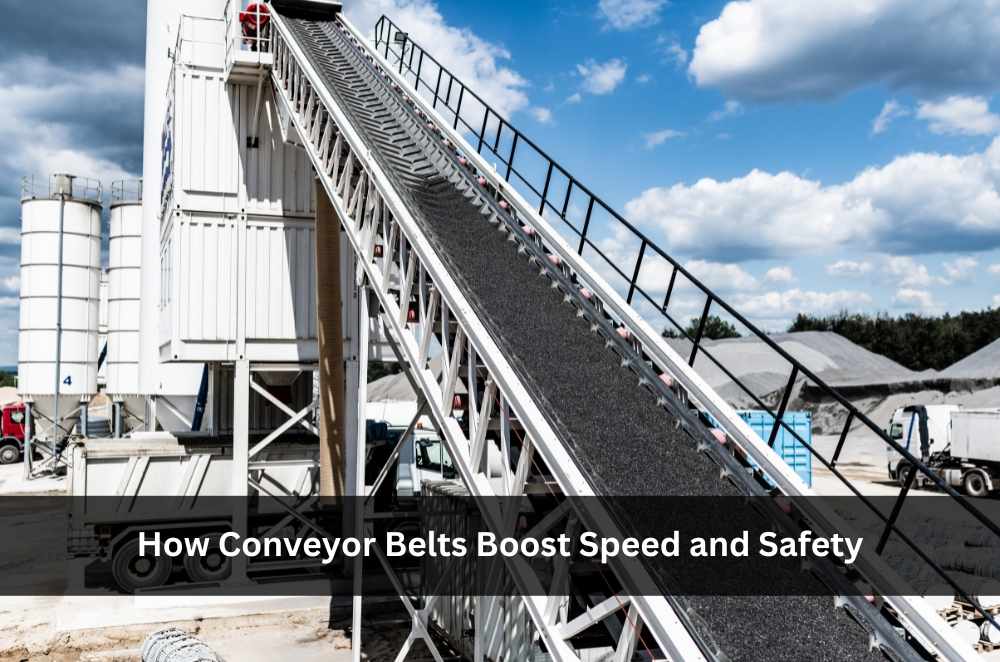
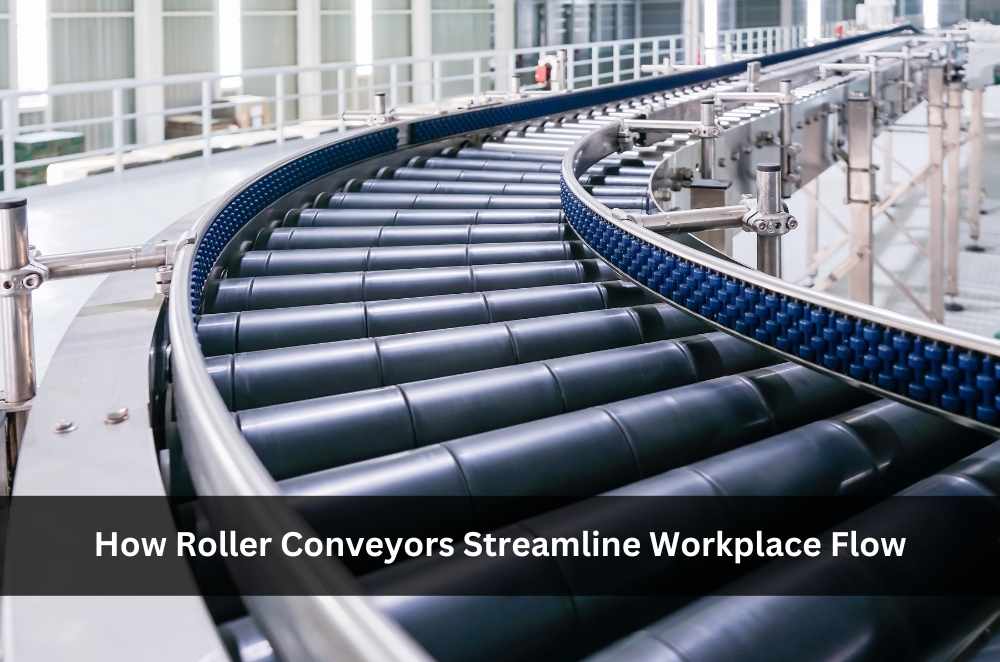
Write a comment ...